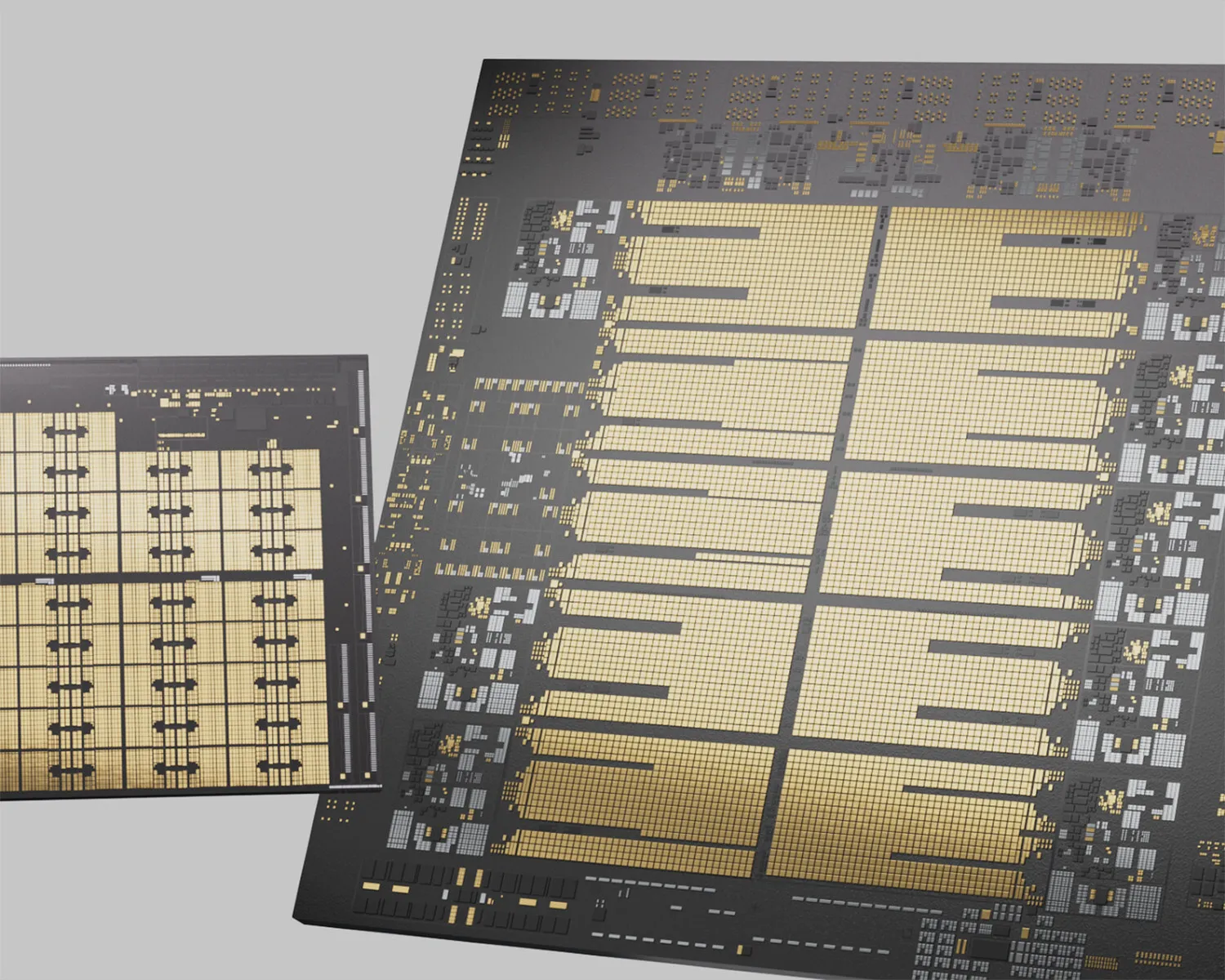Mainframes and Generative AI: IBM Unveils Telum II Processor and Spyre Accelerator for Data Center Transformation

Mainframes and Generative AI: A New Era
IBM is at the forefront of mainframe technology, reconfiguring the data center landscape with groundbreaking generative AI solutions. The introduction of the Telum II processor marks a pivotal enhancement aimed at boosting performance across AI-driven tasks and large-scale data processing.
Details of the Telum II Processor
- Enhanced Capabilities: The new Telum II not only features higher memory and cache capacity than its predecessor but integrates a specialized data processing unit (DPU) for I/O acceleration.
Developed using cutting-edge Samsung 5nm technology, it boasts eight high-performance cores clocking at 5.5GHz. Notably, the on-chip cache has increased, providing virtual L3 and L4 capacities of 360MB and 2.88GB, respectively.
Spyre Accelerator: A Complementary Boost
Alongside the Telum II processor, IBM introduces the Spyre Accelerator, designed to enhance AI compute capabilities significantly:
- Equipped with 1TB of memory and 32 AI accelerator cores.
- It connects seamlessly into the I/O subsystem of IBM Z via PCIe, dramatically increasing available acceleration.
Future Perspectives on Mainframe Technology
As IBM marches towards 2025 with these innovations, clients can expect to revolutionize their data center operations. These solutions are not merely about AI; they promise improvements in energy efficiency and performance across various transaction-heavy applications.
This article was prepared using information from open sources in accordance with the principles of Ethical Policy. The editorial team is not responsible for absolute accuracy, as it relies on data from the sources referenced.